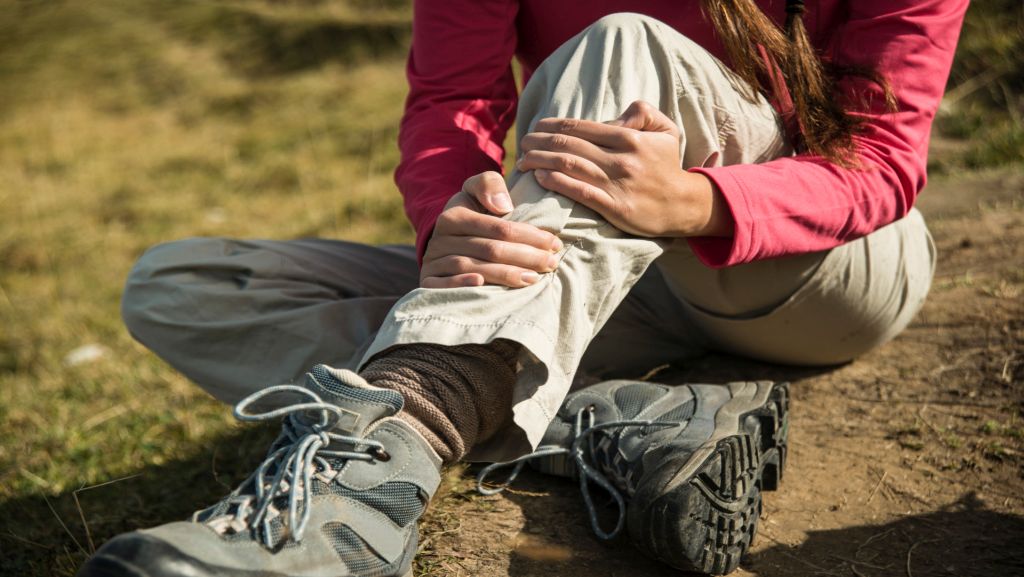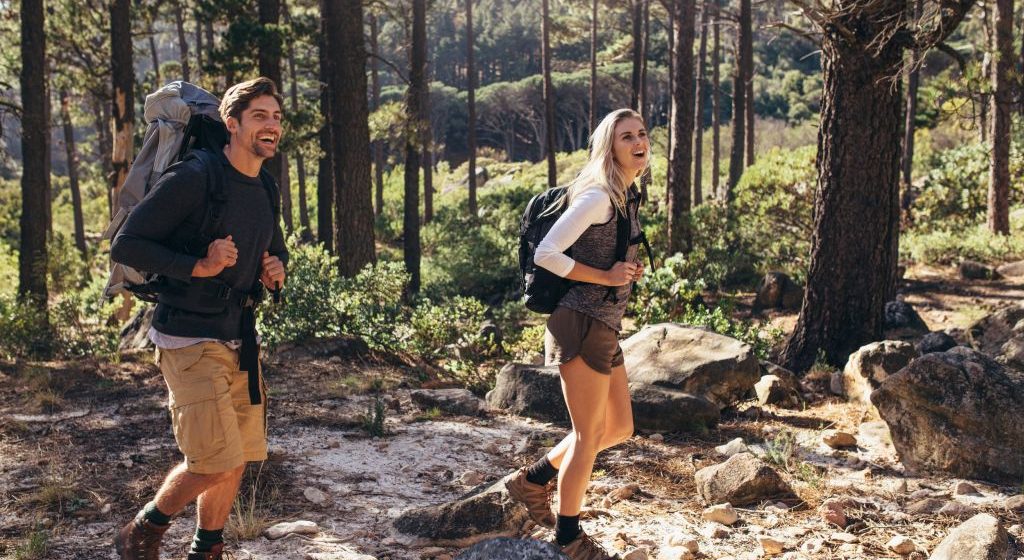Hiking offers a unique opportunity to connect with nature, escape the bustle of daily life, and challenge your body while taking in stunning landscapes. However, even seasoned hikers can face common injuries that turn an enjoyable trek into an agonizing ordeal. From sprained ankles to strained muscles, avoiding hiking injuries requires preparation, self-awareness, and smart preventative measures.
This guide explores the most frequent hiking injuries, how to avoid them, and how the right tools—and even supplements—like BPC 157 can come into play. Whether you’re gearing up for your first hike or are a trail veteran, learning how to prevent these injuries can keep you on your feet and exploring longer.
Understanding the Risks on the Trail
Hiking injuries are often the result of overuse, poor preparation, or misjudgment of the trail’s difficulty. Sprains, blisters, dehydration, heat-related illnesses, and even scrapes from falls are common risks hikers face. Often, these injuries can lead to long recovery times or, worse, permanent damage.
Understanding these risks ahead of time helps you prepare both mentally and physically. Prioritizing proper gear, knowing your limits, and staying hydrated are just a few of many precautions that can minimize these dangers.
Putting Your Best Foot Forward to Prevent Foot Injuries
Hiking places significant strain on your feet, making foot-related injuries like blisters, heel pain, and stress fractures incredibly common. To protect your lower extremities, investing in high-quality hiking shoes that fit comfortably is essential. Ensure your shoes provide ample arch support, fit snugly around your heel, and have a roomy toe box.
Moisture is another major culprit behind foot troubles. Wet socks paired with long treks often lead to blisters. Combat this issue by donning moisture-wicking socks and packing an extra pair to change into if your feet sweat a lot. Additionally, applying a thin layer of anti-chafing balm before hitting the trail can prevent friction.
Foot-strengthening exercises are a boon for avid hikers. Simple moves like toe stretches, calf raises, or rolling your feet over a tennis ball can enhance stability and reduce the chances of overuse injuries.
The Achilles Heel of Hiking—Sprained Ankles
One misstep is often all it takes to sprain an ankle on uneven terrain. This injury is not only painful but can also put you off hiking for weeks. The best way to avoid a twisted ankle is to know your trail difficulty. If you’re exploring rocky or steep trails, trekking poles can offer added stability.
Strengthen your ankles pre-hike with exercises like lunges or resistance band training. While on the trail, stay vigilant and slow down in precarious sections. Lastly, wear boots or shoes with strong ankle support—they provide much better protection than low-cut hiking shoes.

Keep Dehydration and Heat Exhaustion at Bay
It’s easy to underestimate how much water your body loses during a hike, but dehydration and heat exhaustion can sneak up on even experienced hikers. Dehydration not only reduces your endurance but can also impair judgment—a dangerous combination on tricky trails. Meanwhile, heat exhaustion can cause dizziness, fatigue, or even heatstroke in extreme cases.
Before setting out, research your trail and prepare for temperature changes. Carry plenty of water and aim to drink regularly rather than waiting until you’re thirsty. Adding electrolyte packets to your water can also help maintain your body’s balance after prolonged sweating.
Wear lightweight, moisture-wicking clothing and a wide-brimmed hat to stay cool during sunny hikes. If necessary, take breaks in shaded areas to cool off and give your body time to adjust to the heat.
Combating Muscle Strains and Fatigue
Overzealous hikers often push themselves too hard, resulting in muscle strains and overall fatigue. A strained muscle can render you immobile, leaving you vulnerable in remote locations. Consistent strength training is one of the best ways to avoid this. Focus on exercises that build your core, legs, and glutes, as these muscles take on the most intense loads during hiking.
Remember to start with realistic goals and pace yourself. Gradually increase the difficulty of your hikes to allow your body to adapt to tougher challenges. Stretching before and after a hike helps, too, by improving flexibility and preventing soreness.
Another option to consider is the use of supplements, like BPC 157. Known for aiding tissue repair and reducing inflammation, BPC 157 can be a game-changer for hikers frequently dealing with strains or lingering aches. You can find BPC-157 10mg for sale online, however, make sure to consult with a healthcare professional to ensure they’re right for you.
Blisters and Chafing—Small Irritations With Big Impacts
While minor, blisters and chafing can put a serious damper on your hiking experience. These nuisances often arise from ill-fitting clothing or shoes that rub against your skin. Prevention begins with choosing equipment that fits comfortably. Test your hiking boots on shorter trails before long-distance treks to ensure they won’t cause friction hotspots.
Hiking leggings or shorts made from breathable, seamless fabric can prevent chafing along the thighs or other sensitive areas. Pack a small first-aid kit with blister pads or moleskin in case hot spots develop mid-hike. These simple steps can stop a blister from sidelining your adventure.
Overlooked but Dangerous—Knee Pain and Overuse Injuries
Hiking over uneven terrain often tests your knees, especially on steep ascents or descents. Avoid long-term issues like runner’s knee or IT band syndrome by using trekking poles to share the burden. Additionally, wearing a knee brace during extended hikes can help stabilize the joint.
Another preventative measure is improving knee strength with targeted exercises like squats and step-ups. Strong knees maintain better alignment under stress, reducing strain over time.
If you consistently battle inflammation from overuse, incorporating proper warm-ups and cooldowns can make a huge difference. Once again, looking into recovery-support supplements like BPC 157 might help tackle annoying joint pain for seasoned hikers logging long miles regularly.
Always Be Prepared
Preventing common hiking injuries is about preparation as much as technique. Packing the right gear, like a first-aid kit, blister care items, and plenty of hydration, can keep minor problems from escalating. Research your chosen trail thoroughly and check weather conditions to reduce surprises during your trip.
Listen to your body. Minor discomforts ignored on the trail often turn into serious injuries. Knowing when to turn back or rest is not a sign of weakness but a marker of experience and judgment.
Unlock the Joy of Pain-Free Hiking
Hiking is a powerful way to reconnect with nature and push your physical limits. However, injuries often undermine these experiences unless proper precautions are taken. Staying hydrated, strengthening key muscle groups, investing in the right gear, and—if needed—exploring well-reviewed supplements like BPC 157 can elevate your adventures.
Whether you’re walking through peaceful valleys or scaling challenging ridges, knowing how to prevent hiking injuries allows you to enjoy every step. Consider implementing these strategies on your next trek and experience the trail like never before.


Leave a Reply